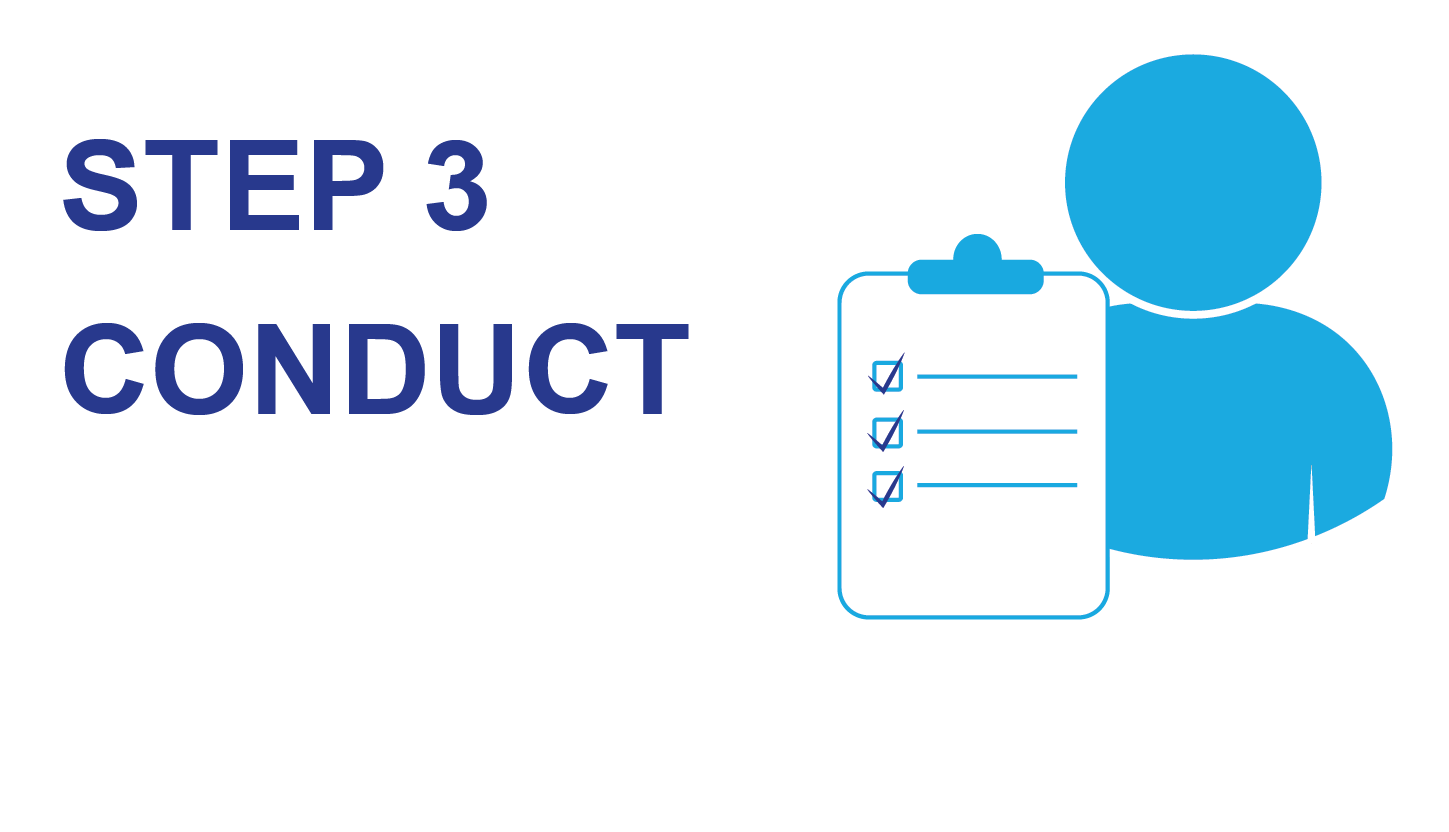| Reasons for failure |
Tips and guidance
Make sure you are able to demonstrate that you have… |
| D4 – Professional development |
- Drivers not completing a FORS Professional safety eLearning module within the past 12 months
- Drivers not completing the FORS Professional Security and Counter Terrorism eLearning module within the past 24 months
- Managers not completing approved training within the past five years
- Not producing a Professional Development Plan (PDP) for all staff
|
- Provided evidence that all drivers have completed the mandatory training as set out in Annex 1 of the FORS Standard.
- Provided evidence that the Responsible Person has completed the mandatory manager training as set out in Annex 2 of the FORS Standard.
- Provided a PDP that includes all drivers, all other staff involved in the fleet operation.
Top tips
- Evidence that the FORS mandatory training for drivers, PLV riders and the Responsible person has been completed can be presented by using the FORS Professional Training Register CSV file, the FORS Training Dashboard , copies of certificates or using your own template training register or PDP.
- Ensure that any new drivers joining your organisation complete all the mandatory FORS Professional eLearning as part of their induction process.
|
| M8 – Health and safety |
- Not providing all the risk assessments or method statements
|
- Provided evidence of all risk assessments or method statements listed in the FORS Standard
Top tip
- Use the checklist provided in Annex 3 of the FORS Standard to ensure you have covered all mandatory risk assessments
- The only risk assessment(s) that might not be applicable to your operation would include coupling, uncoupling and towing if your fleet vehicles do not undertake these activities and specialist operations if your operation does not transport dangerous goods, hazardous and non-hazardous waste (upper-tier), abnormal indivisible loads (AIL) or operates longer semi-trailers (LSTs)
|
| V1 -Serviceability and roadworthiness |
- Failure for holders of Operator Licence to comply with their safety inspections frequency
- Not providing a maintenance planner that shows all planned maintenance for a minimum of six months in advance that includes all fleet vehicles and trailers in scope of the accreditation
- Not providing maintenance records for operators of leased van fleets and relying solely on the service provider
|
- Provided evidence of a maintenance planner which shows all planned maintenance events for a minimum of six months in advance and includes all vehicles and trailers
- Planned safety inspections to correspond with the maintenance schedule stated on your Operator Licence and for non-O Licence fleet in line with the manufacturer’s recommendations. Operator Licence holders must also provide evidence of signed maintenance agreements if vehicle maintenance is carried out by an external service provider. All maintenance records shall be retained for the periods defined at the requirement M1 of the FORS Standard
Top tips
- Ensure that any third-party service (leasing/maintenance) provider used supplies service records in a timely manner
- For Operator Licence holders, make sure you follow the DVSA guidelines for planned maintenance as required in the “Guide to maintaining roadworthiness”
|
| V2 – Daily walkaround checks |
- Not providing evidence of a robust defect reporting procedure
- Not providing evidence that reported defects are being repaired
|
- Provided evidence of your daily walkaround and defect reporting system covering all vehicles, trailers and vehicle specific components as listed on page 27 of the FORS Standard
- Provided examples of completed defect reports, including those where defects have been reported, rectified and signed to confirm completion
Top tip
- Make sure you can produce copies of nil defect reports – these must be retained for the periods defined at M1 of the FORS Standard
- Make sure that any driver detectable defects found during the safety inspections are followed up to see if defect reports have been raised by drivers for these
|
| D1 – Licensing |
- Failure to comply with the six-monthly licence checks frequency
|
- Conducted licence checks at least every six months through a service that directly accesses current DVLA data. This frequency of checks is required to be increased for higher risk drivers using an approved risk scale.
Top tips
- Make sure you can produce copies of licence check records or can access the system that stores these – records must be retained for the period since your last audit. For initial applications the latest check records will be required.
- Make sure that entitlement categories, expiry dates, endorsements and restrictions are covered as part of the licence checks by a competent person or a service
- Ensure that all drivers signed an annual declaration of their responsibility to report any licence endorsements, driving infringements and restrictions to the responsible person, whether incurred on or off duty
|
| D6 – Health and eyesight |
- Failure to comply with the eyesight checks frequency
|
- Conducted eyesight checks at pre-employment or the start of a specific contract, at least every six months and after involvement in a blameworthy road traffic collision
Top tips
- Make sure you can produce copies of eyesight check records or can access the system that stores these – records must be retained for the period since your last audit. For initial applications the latest check records will be required
- Make sure that you use a suitable method to complete the eyesight check and records of the checks capture the information as listed on page 43 of the FORS Standard
- Ensure that all drivers signed an annual declaration of their responsibility to report any health or eyesight condition that affects driving ability and to inform the DVLA or relevant driving licence authority of reportable medical conditions that affect driving entitlement
|





